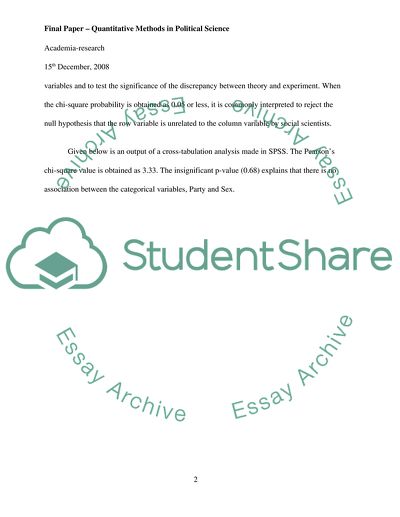Cite this document
(Quantitative Methods in Political Science Term Paper, n.d.)
Quantitative Methods in Political Science Term Paper. Retrieved from https://studentshare.org/politics/1719150-final-paper-quantitative-methods-in-political-science
Quantitative Methods in Political Science Term Paper. Retrieved from https://studentshare.org/politics/1719150-final-paper-quantitative-methods-in-political-science
(Quantitative Methods in Political Science Term Paper)
Quantitative Methods in Political Science Term Paper. https://studentshare.org/politics/1719150-final-paper-quantitative-methods-in-political-science.
Quantitative Methods in Political Science Term Paper. https://studentshare.org/politics/1719150-final-paper-quantitative-methods-in-political-science.
“Quantitative Methods in Political Science Term Paper”, n.d. https://studentshare.org/politics/1719150-final-paper-quantitative-methods-in-political-science.


